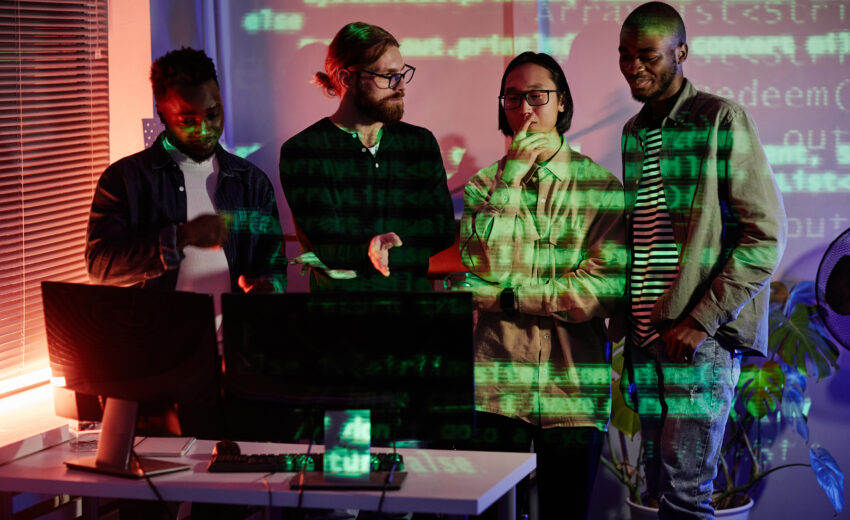
Cybersecurity is often introduced to employees through a policy document, a phishing simulation, or a required training module. However, that shouldn’t be the first or only place where security is evident. For security to truly stick, it must be embedded in the employee experience from day one.
When I say “employee experience,” I’m not just talking about training. I’m talking about the whole lifecycle: onboarding, communication, celebrations, team meetings, and cultural rituals. These are the moments that shape how people feel about their work and their responsibilities, including security.
Think about onboarding. For many companies, security training is often presented as a slide deck or an e-learning module within a larger orientation checklist. It’s passive. It’s forgettable. What if, instead, security were presented as part of the company’s values? What if new employees were welcomed with a real-world conversation about how we protect each other’s work, respect data, and report suspicious activity with no fear of blame?
That’s what I’ve aimed to create in every awareness program I’ve led. Security is not the “department that says no,” it’s the part of the culture that helps everyone do their best work safely and confidently.
In one of my favorite projects, we partnered with HR and Internal Communications to embed cybersecurity into team milestones. We introduced awareness touchpoints when employees changed roles, received new system access, or returned from leave. We collaborated with creative teams to craft messages that were branded, approachable, and in tone with the rest of the employee experience.
Security awareness can’t live in isolation. It should be as consistent and visible as IT onboarding, DEI messaging, and performance feedback. When that happens, employees stop seeing security as a box to check and start seeing it as a shared responsibility.
The more security becomes part of the employee experience, the easier it is to create a culture where people take ownership. And when people take ownership, they don’t just comply, they protect.




